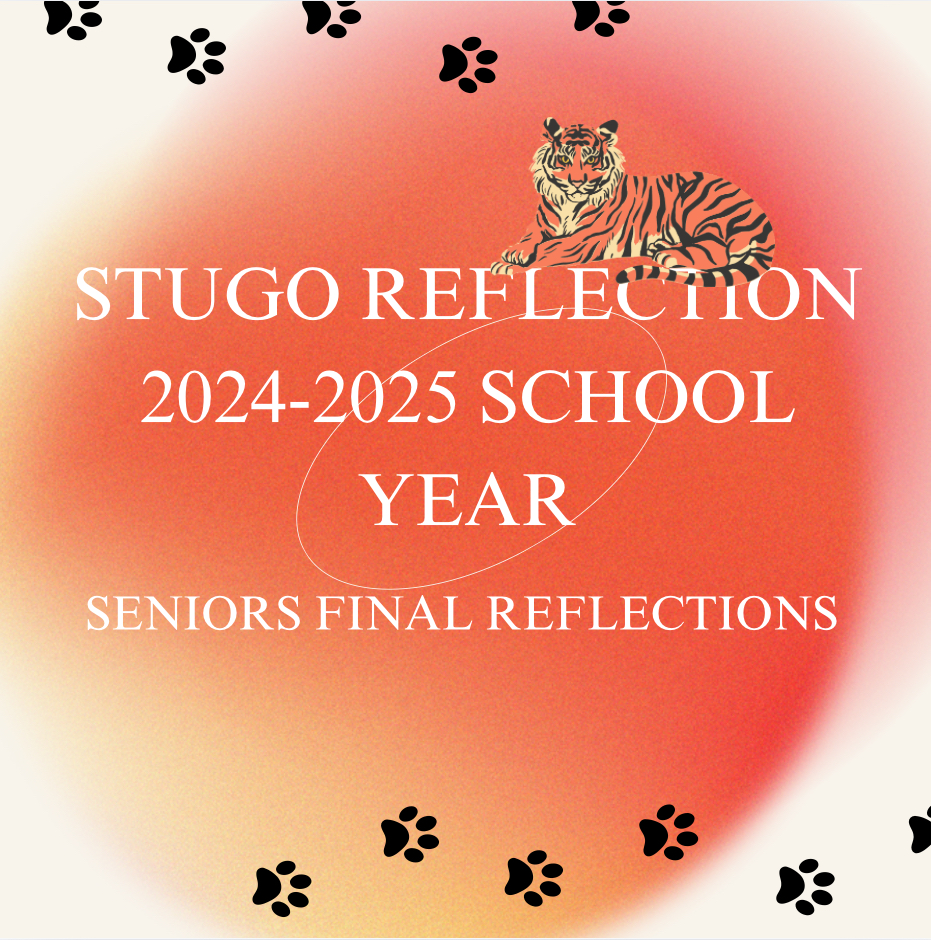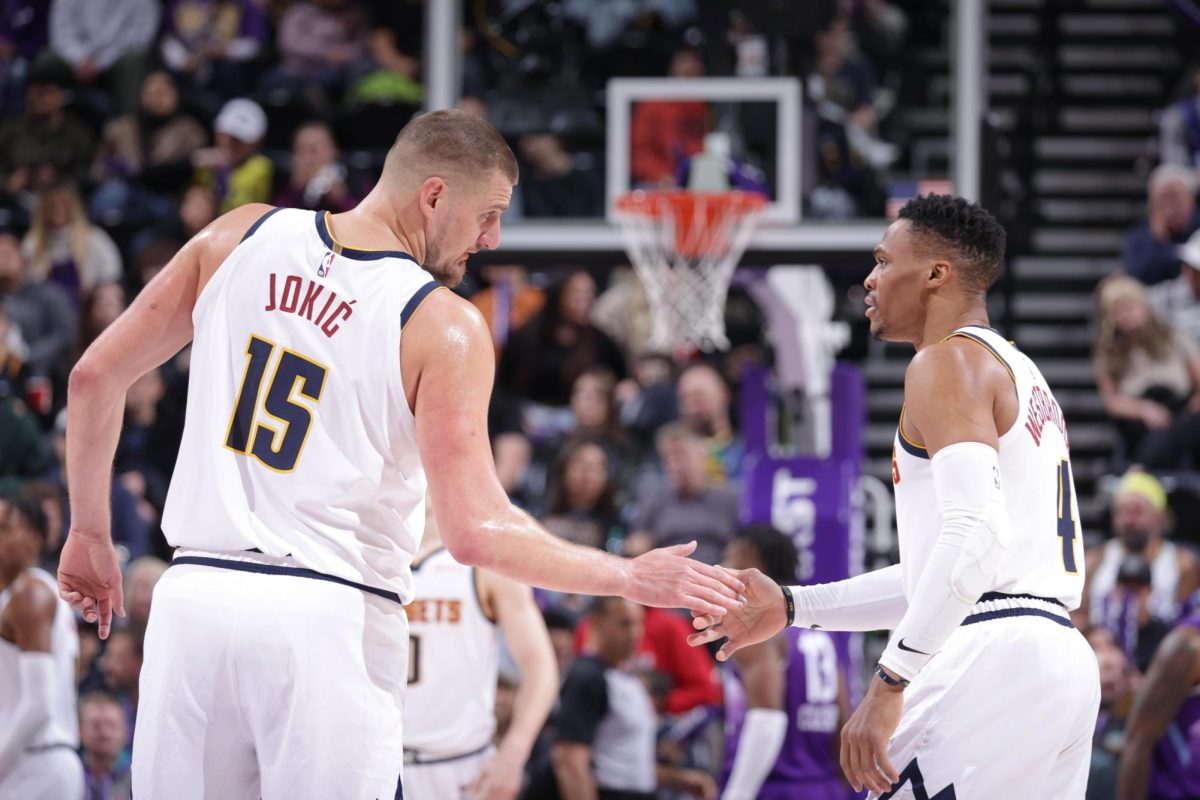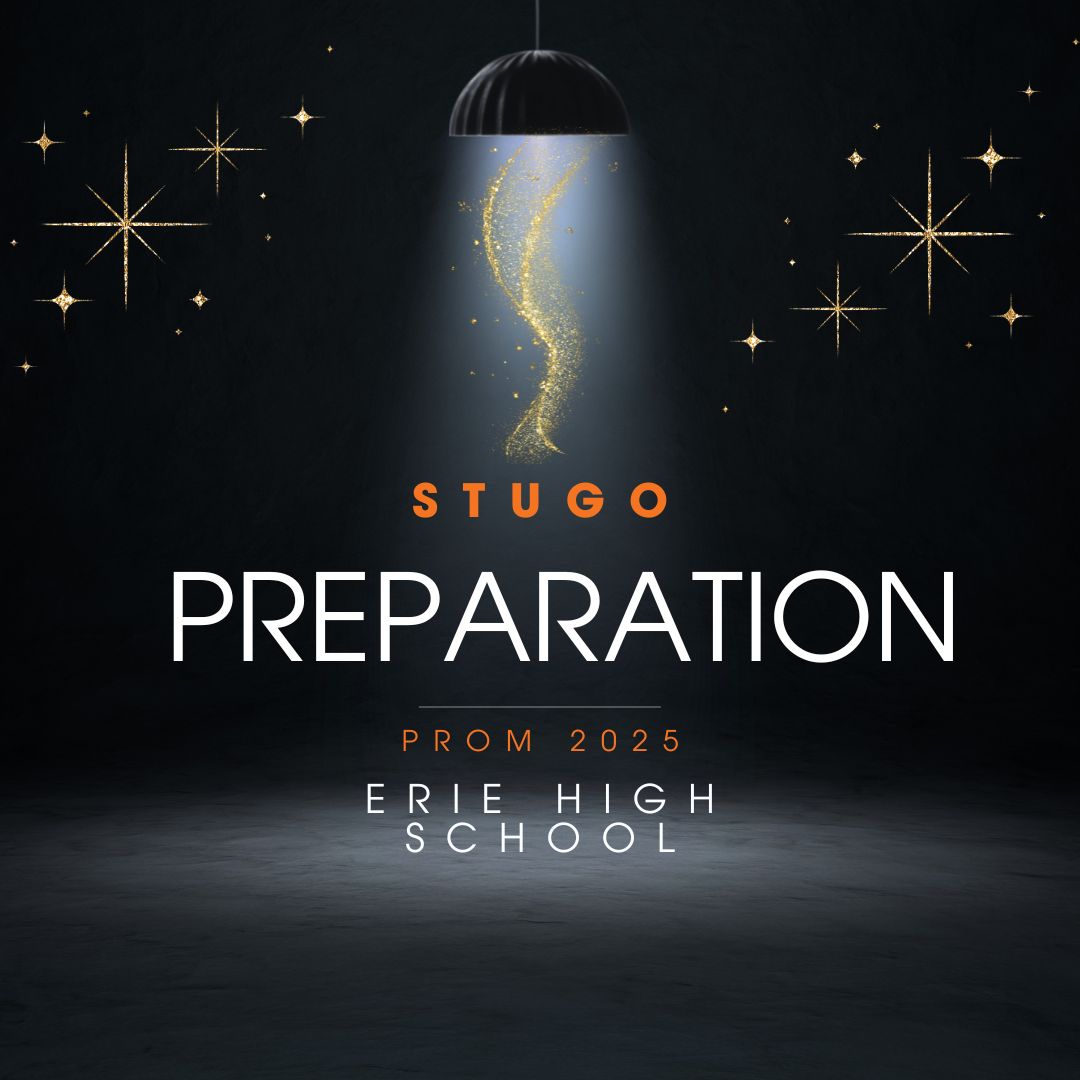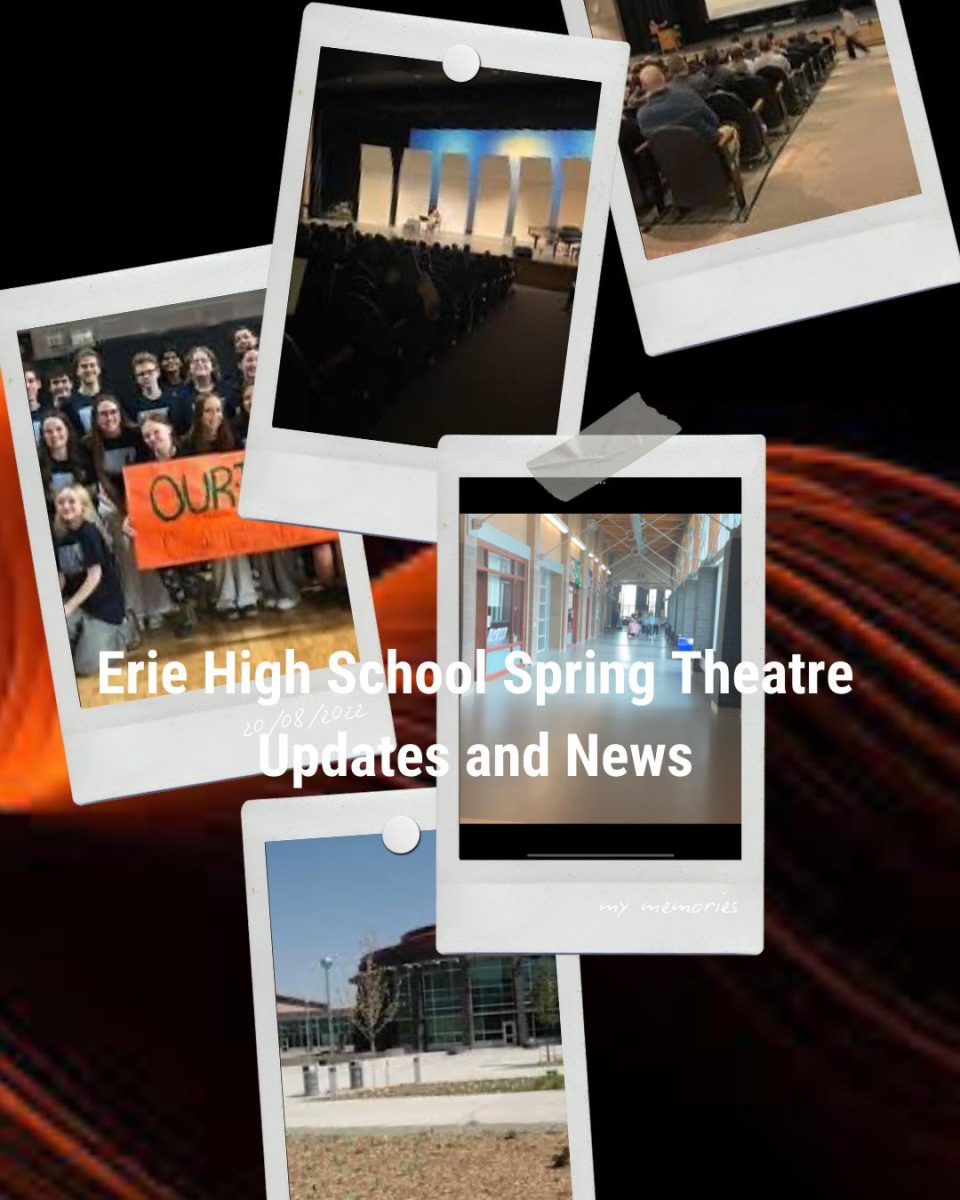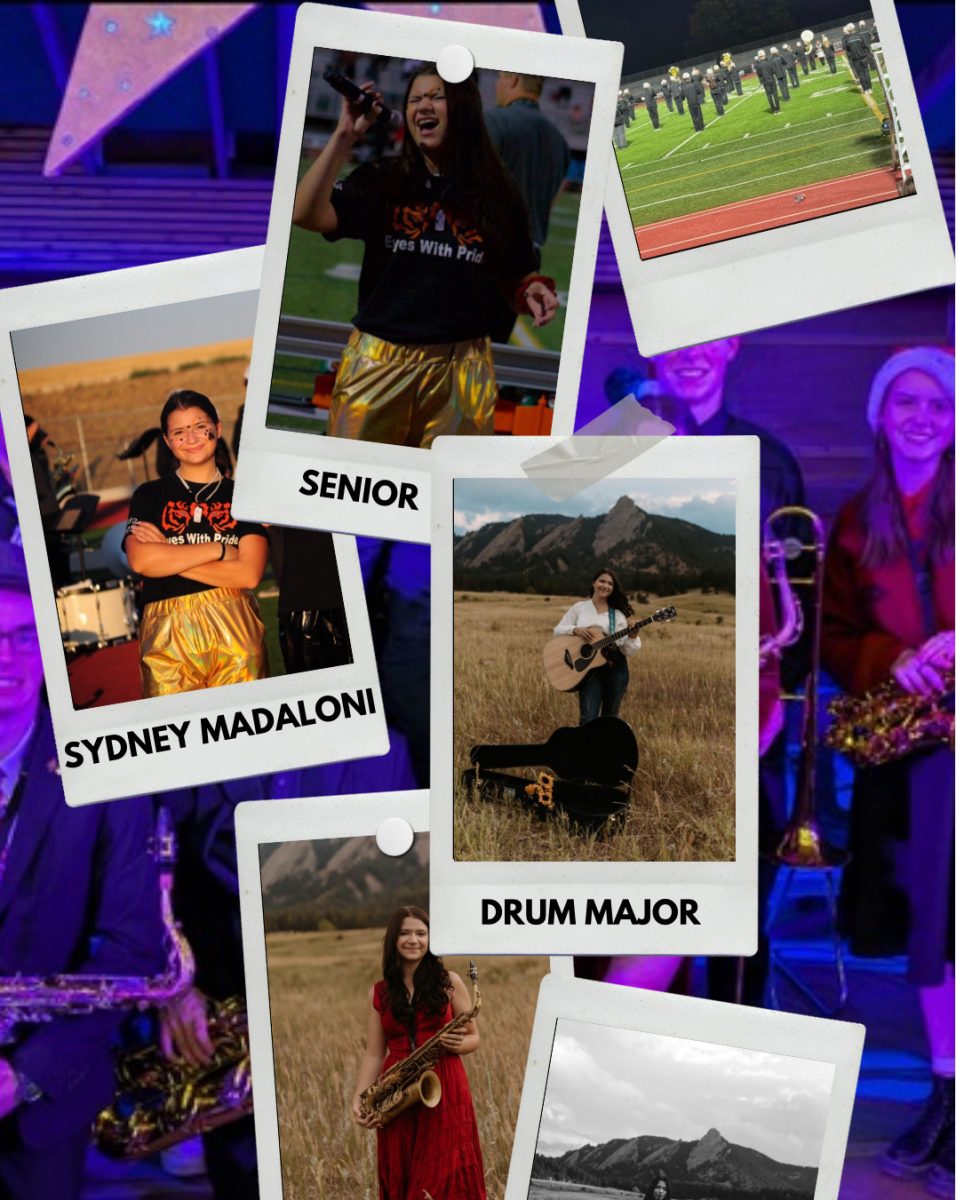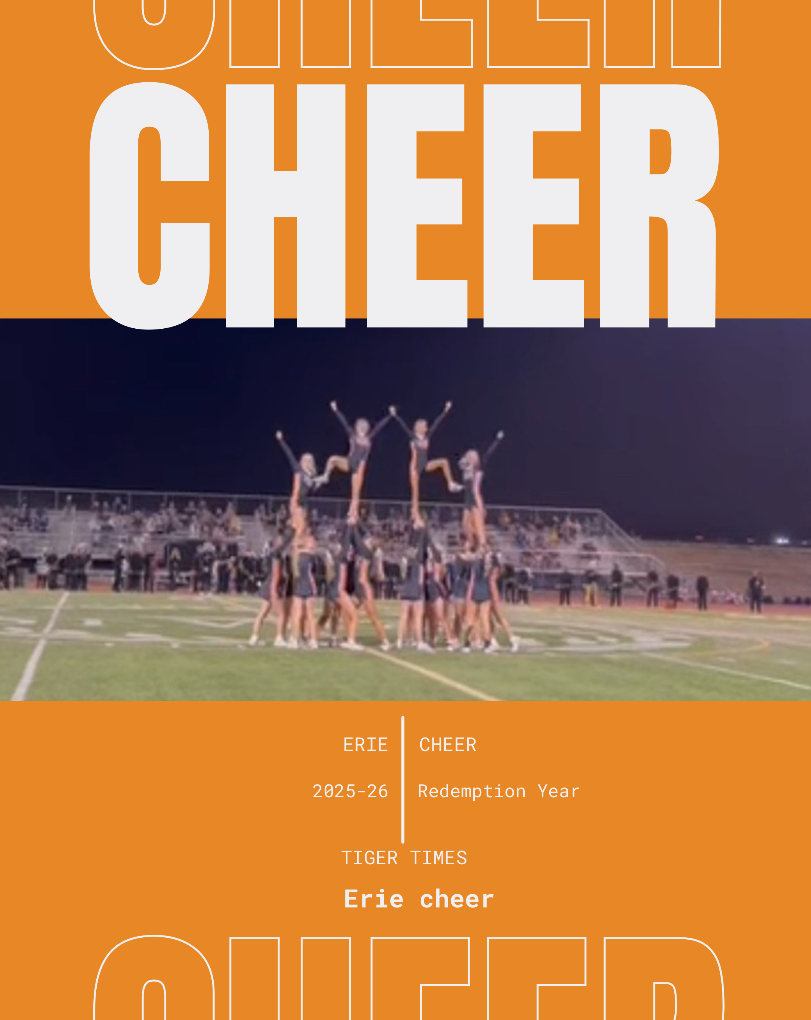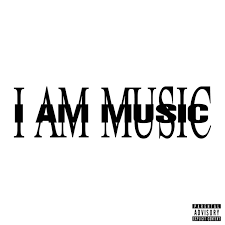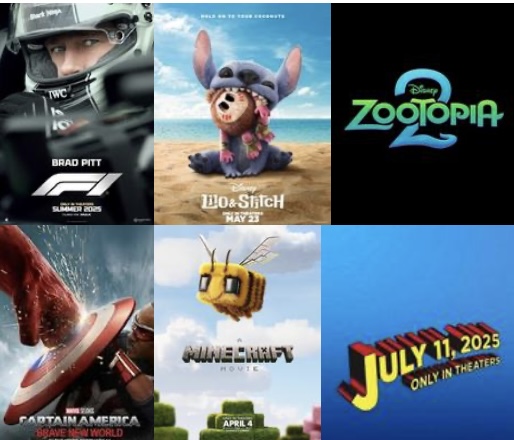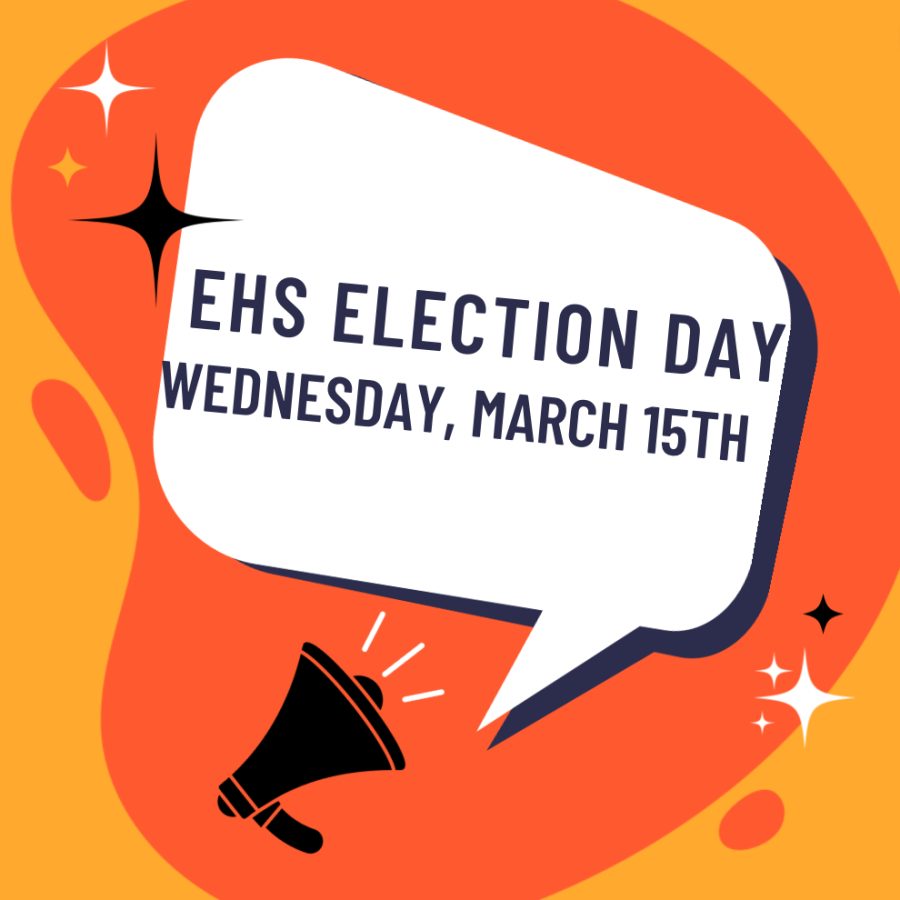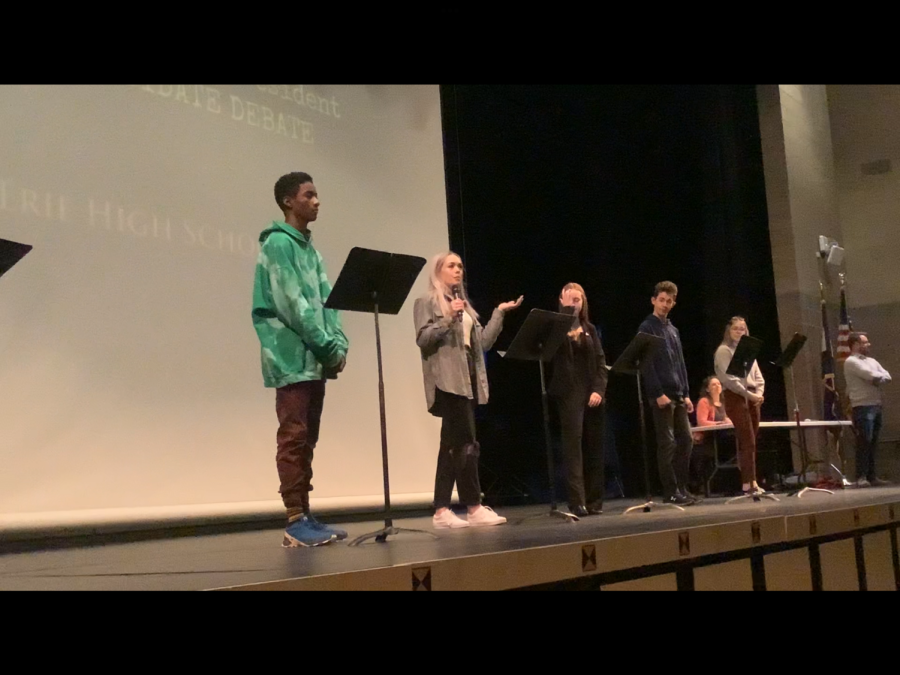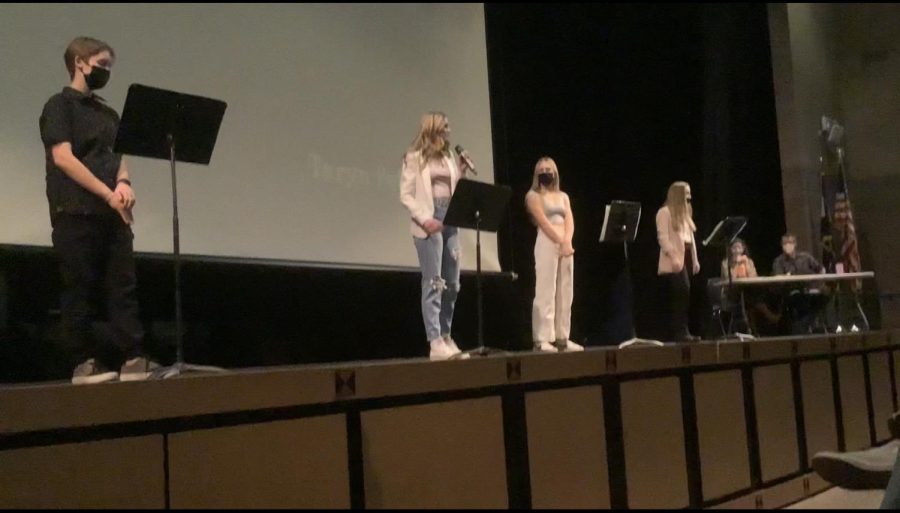At Erie High School, students are far more likely to stumble upon news while scrolling through social media than to sit down and watch the morning broadcast with their parents. With platforms like TikTok and Instagram dominating teen screen time, the days of morning news shows and printed newspapers seem to be fading.
As media habits evolve, the way young people engage with current events is shifting rapidly, raising important questions about the benefits and risks of this new digital landscape. Many minds are wondering what this means for how teens engage with the world around them.
Recently, it is far more common for students to stumble upon their news than seek it out like other adults in their life. Senior Sylvia Kaufman is one of many students who admits that traditional news broadcasts play little to no role in her daily routine. “The only time I’ve watched news was at my grandparents’ house when they have it on 24/7,” she said.
For many teens, watching the news has become an activity tied to older generations, something their parents or grandparents do rather than something they incorporate into their daily lives. Instead, social media offers a more convenient and engaging way to stay informed, even if passively.
Instead, Kaufman relies on social media platforms like Instagram and TikTok to keep her informed. But she doesn’t necessarily seek out the news. “It really just comes across,” she explained. “And then sometimes, depending on the subject, I kind of fall into that rabbit hole of searching.”
The increasing dependence on social media for news consumption also affects how teens perceive the world. With algorithms providing content based on previous interactions, students may find themselves trapped in a phase of receiving the same media over and over again, where they primarily see news that aligns with their existing beliefs. This can limit exposure to diverse perspectives and create a skewed understanding of global events.
This method of encountering news rather than intentionally looking for it has become the norm for many young people. While this makes it easier than ever to stay updated on current events, it also means that what they see is heavily influenced by algorithms designed for engagement, not necessarily accuracy.
This new form of consumption, where information is absorbed almost by accident, has become the new normal. While this allows them to stay informed, it also raises questions about reliability. Kaufman admits she doesn’t often fact-check the news she encounters. “The more videos I see that kind of share the same facts, I think the news might be okay to trust then,” she said. “Unless they’re all making it up, then I’m not really fact-checking.”
This trust in repeated information, rather than verified sources, is a growing concern. The viral nature of social media allows both accurate reporting and misinformation to spread at the same rapid pace, making it difficult to distinguish between the two.
The doom-scrolling trend in social media continues through Juniors Josie Mohr and Isabel Dress, as they reiterate how much social media impacts the way they receive their news. “I probably get most of my news from social media and websites,” Mohr said. “TikTok and Instagram are the apps I use the most.”

“I also get a lot from TikTok and Instagram,” Dress agreed. “And sometimes there are articles that are recommended that I’ll read.” While some teens like Mohr and Dress occasionally seek out news on topics they find important, most of what they learn about the world comes from casual scrolling.
With an endless stream of content, it’s easy for entertainment and news to blur together. Unlike a newspaper or a traditional news program, where stories are clearly labeled and structured, social media platforms present all types of content side by side, making it harder to differentiate between opinion, satire, and factual reporting.
For some students, this shift to social media as a news source has its benefits. It allows them to access breaking news faster than traditional outlets, sometimes even in real time. Major events, from political protests to natural disasters, often spread rapidly on social platforms, giving teens instant awareness. However, speed does not always guarantee accuracy. The same platforms that make news accessible also allow misinformation to travel unchecked.

Whether its from the “Breaking News Fish” or the 9 news Tik Tok page, students and teens alike are gaining important information about our world today from everywhere except traditional news broadcasts.
Dress continued, “I actively seek it out if it’s something that I think is super relevant, but for the most part, a lot of it is just there and just comes up on my phone.” But, when it comes to credibility and how accurate they believe the news source to be, both students recognize the need to double-check sources.
“If I see it on social media, then I go to different articles,” Mohr explained, “Mainly why I go to articles is because if I think something’s not true, then I’ll do further research into it.”
This level of awareness about misinformation is promising, but it is not universal. Many teens simply accept the news they see without questioning its validity, making media literacy an essential skill in today’s digital world.
Dress added, saying, “If it’s someone that I have seen multiple times that has done research, I find them credible. Then if it’s not something super insane, I’ll trust them for the most part.”
The challenge with this approach is that credibility on social media is often tied to familiarity rather than journalistic integrity. Just because an account posts frequently and appears knowledgeable does not necessarily mean it is a reliable source.
Not all students at Erie High rely on Instagram and TikTok for news, though. Seniors Leah Anema and Reese Westine don’t have social media at all, a rarity among their peers. However, this doesn’t mean they tune in to traditional news sources either.
“I don’t really have social media accounts, except Tumblr,” Anema said. “I think I usually get [news] from other people or stumble across websites.”
For students without social media, staying informed requires a more intentional effort. Without the constant flow of algorithm-driven news updates, they rely on word of mouth, independent research, and direct searches for information.
Without the constant influx of news from social platforms, these students hear about current events more sporadically. “I don’t specifically look for the news,” Anema admitted. “Usually, it’s something that comes up in my feed when I’m browsing other topics. But that usually happens, I would say, daily.”
Westine, on the other hand, actively searches for news even if infrequently. “I don’t know, maybe once or twice a month I’ll actually go looking for the news,” she said. “But it’s usually because I hear something else is happening and go to find out more.”
Even without social media, they still don’t rely on TV news. Instead, they prioritize checking reputable sources. “I tend to usually always look things up,” Anema said. “Or I tell it back to someone and try to look it up first and search for reputable news sites like NPR and other large news sources.”
Westine follows the same approach, “I always make sure to look things up,” she said. “I find ones that I know are more credible, and also just make sure I find several that all have the same information in them.”
This level of cross-checking is exactly the kind of media literacy that experts encourage. While fewer teens may be watching traditional news, those who do take the extra step to verify information are setting an example of how digital news consumption can be done responsibly.
The experiences of Erie High students reflect broader trends in teen news consumption. A common trend amongst many teenagers is the reality that they get their news from social media rather than traditional outlets like television or newspapers. Platforms like TikTok and Instagram serve as the main news hubs, whether teens actively seek information or encounter it passively.
Despite the constant news flow in today’s world, students who don’t use social media are still not turning to traditional news broadcasts. Instead, they rely on their peers, family, and friends around them, occasional online searches, and trusted news websites.
This shift in news consumption is neither entirely good nor entirely bad, it simply reflects the changing ways that young people engage with the world.
The shift presents both opportunities and challenges. On one hand, social media has made young people more aware of current events. Information is more accessible than ever, and teens can engage with news in ways previous generations couldn’t.
At the same time, the fast-paced, engagement-driven nature of social media means that misinformation, bias, and superficial understanding are real risks.
However, the reliance on social media also means that misinformation can spread quickly. Many students admit they don’t always fact-check what they see, trusting content that appears frequently in their feed. Even when they do research, their choices of sources vary widely.
Despite these challenges, one thing is clear: for today’s teenagers, the news landscape has changed.

Traditional broadcasts and morning newspapers no longer dominate. Instead, teens navigate a digital world where news is mixed with entertainment, personal opinions, and viral trends.
Ultimately, the way teens consume news is undergoing a fundamental transformation. Whether they are passively absorbing information or actively seeking out credible sources, their habits differ drastically from previous generations. While this shift brings challenges, including misinformation and bias, it also presents opportunities for increased awareness and engagement.
At Erie High, and across the country, the way young people consume news is evolving, reshaping not just their knowledge of current events, but their entire relationship with information itself.




